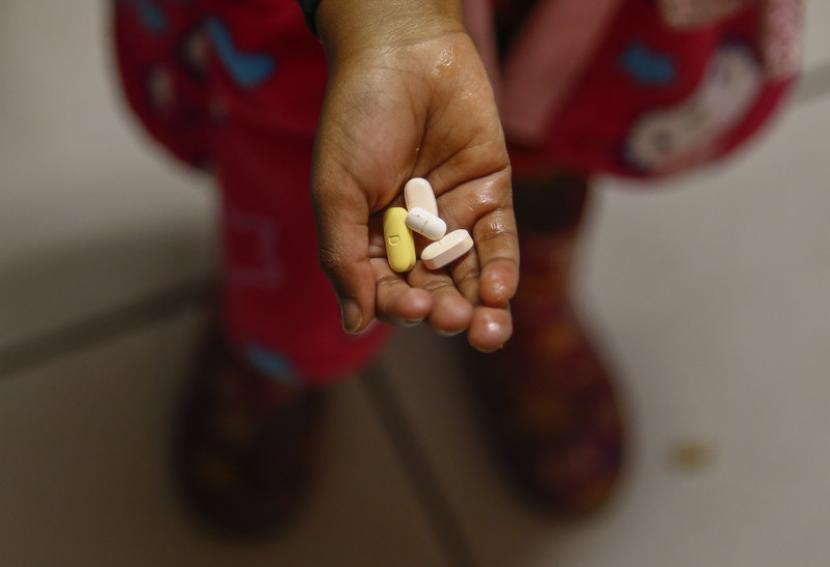Handling HIV remains a major concern during the pandemic.
REPUBLIKA.CO.ID, JAKARTA — The Director of Prevention and Control of Directly Infectious Diseases of the Ministry of Health, Siti Nadia Tarmizi, emphasized that efforts to handle the Human Immunodeficiency Virus (HIV) were still being strengthened amid the COVID-19 pandemic. “Even in the midst of the COVID-19 pandemic, of course, HIV We must continue to strengthen and pay attention because we already know this together,” said Nadia in the 2021 World AIDS Day webinar which was followed online in Jakarta, Monday (29/11).
He stated that HIV and AIDS (Acquired Immune Deficiency Syndrome) have a very close relationship with Sexually Transmitted Infectious Diseases (STIs) such as syphilis, gonorrhea, and chlamydia or other sexual diseases. In addition, he continued, people with HIV are also susceptible to various other infectious diseases.
“Don’t think lightly, because sexual diseases can increase the risk of contracting HIV up to four times because of the inflammatory process that occurs,” he said.
“People with HIV and STIs will develop AIDS more quickly. While PIMS increases the risk of contracting HIV,” he said.
Nadia explained, HIV is a virus that attacks the immune system. While AIDS is a condition in which the symptoms experienced by HIV sufferers increase in severity.
“Then it will come to a condition that we call AIDS. So there are a collection of symptoms and signs that are physical signs or the occurrence of opportunistic infections,” said Nadia.
He conveyed, HIV is transmitted through risky sex, both in heterosexual and homosexual relationships. Then through blood, namely in contaminated syringes and blood transfusions that are not filtered by HIV disease, and from mother to baby during pregnancy, childbirth and breastfeeding.
However, he continued, all of this could be prevented by not having risky sex, being faithful to one partner, using protective equipment such as condoms, and using disposable syringes. Then, carry out laboratory tests to screen for blood transfusions so that they are free from HIV disease and infectious infectious diseases, as well as detect the mother before her pregnancy, whether she has HIV.
“We have a program that we call triple elimination, namely offering pregnant women tests for conditions or preventing HIV, syphilis, and hepatitis,” he explained.
“If it is known from the start, we can certainly do treatment so that it will prevent the child from contracting it from his mother,” he added.
On that occasion, Nadia explained, when someone is infected with the HIV virus, it is often not immediately detectable even though the virus has already infected it.
“There’s such a thing window period. Where when we are infected with the HIV virus, the laboratory examination is still negative, and it can take longer than three weeks, less than 1 month, even up to three months,” he explained.
People with HIV, he continued, will appear as healthy people. So, the disease has not appeared until the patient’s immune system is completely weakened.
“This process takes 5-10 years, if you don’t take anti-viral drugs or you will fall into what we call AIDS,” he explained.
source: Between
– .


